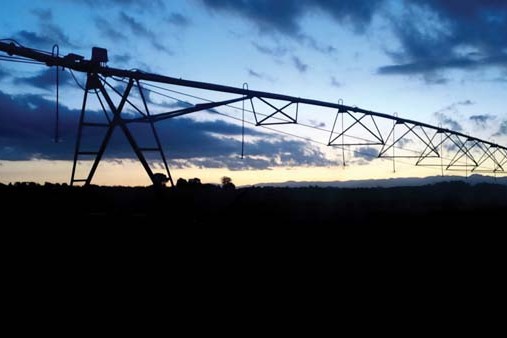Kinloch dairy farmer George Moss welcomes some certainty with the announcement of emissions targets.
A big shout out to the May Dairy Exporter article on Wayne and Tyler Langford’s story. Their initiative in engaging with their local but very “green” community is bold, brave and innovative and will do much to bridge the urban/rural divide. Inspirational!
My experience with urban people is that they want comfort that one appreciates their concerns and are doing one’s very best to do the right thing’. Wayne, I fully appreciate the challenge for anyone climbing out of that “dark” space – not easy. It brought a tear to my eye.
The Government’s announcement of a 10% reduction in methane onfarm by 2030 is not a surprise. It was very pleasing to see methane treated differently from carbon dioxide and nitrous oxide and science supports this. I believe the 2050 objectives with the range of reductions are aspirational and are unlikely to be “hardwired”, unless there is a technological breakthrough.
Although the detail is uncertain, the 2030 goal gives certainty and something for us to strive to achieve and hopefully beat. Hoping every urban person also tries to do their share.
I do have a concern that it would be most unfair to expect the super low emitters like organic farmers to reduce further! Equally it would be foolhardy to try to expect the dairy industry to reach levels similar to sheep and beef.
It is the detail that potentially will cause angst. Will farmers who are either already “low emitters” or have already made reductions be required to reach that target or be treated differently? Should reductions be based per enterprise or per hectare? Should high emitters within a sector be required to reduce more? Or the simple fact is 2017, the 2016/17 season or 2017/18 season?
I do have a concern that it would be most unfair to expect the super low emitters like organic farmers to reduce further! Equally it would be foolhardy to try to expect the dairy industry to reach levels similar to sheep and beef. You would risk both industries in time.
For ourselves, we have good baseline data to work from and we have developed a view of what we want our key financial, environmental and social metrics to look like by 2030.
We have quizzed our financiers and our advisers on what if any weaknesses that they see in our businesses and got an “all good”. Critical in any change process. Given that our ability to increase the feed supply and feed grown is increasingly constrained/capped by potential nitrogen limits and greenhouse gas reductions, then the options left to us are around efficiency of the animals and the farm system itself.
We ask ourselves: can we simplify the system, can we further use our nitrogen smarter, can we further reduce purchased feeds, can we get to that 480-500kg milksolids/cow on grass? Can we reduce the replacement rate capitalising on lower MT rates? Where is the point where we optimise (not maximise) profit.
Our already-written plan focuses on increased simplicity, continual reductions in purchased feeds and nitrogen use and a big focus on breeding and selecting the most efficient cows for converting grass to milk.
Looking forward, we do not see much lifting of production, but we do believe we can reduce some costs giving either a small gain in profit or reducing any losses. Hopefully, we can offset any losses in operating profit by continuing and compounding debt reductions.
We do not believe this to be easy but do believe we should try our best. Matt Robson’s mantra comes to mind “limit your catch, not catch your limit”. In short, it is about doing the “right thing” rather than just meet the legal requirements. This is something we are increasingly applying to our farming business and it is very satisfying.
The work and thinking done by Louise Cook and Owl farm with the “wagon wheel” has been very helpful here.





